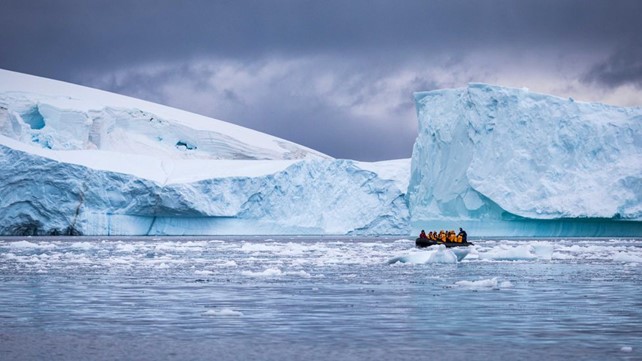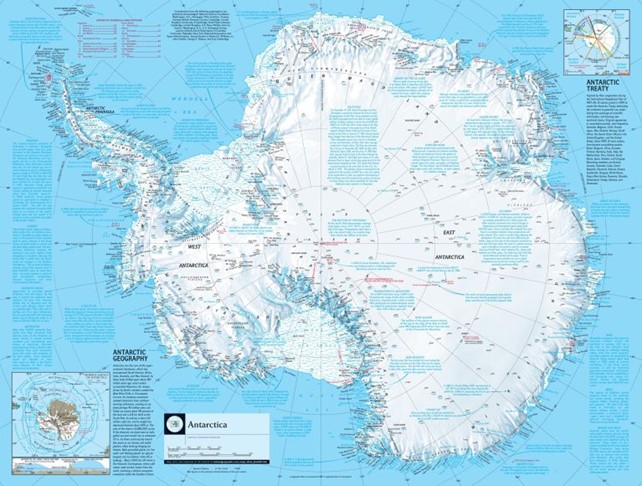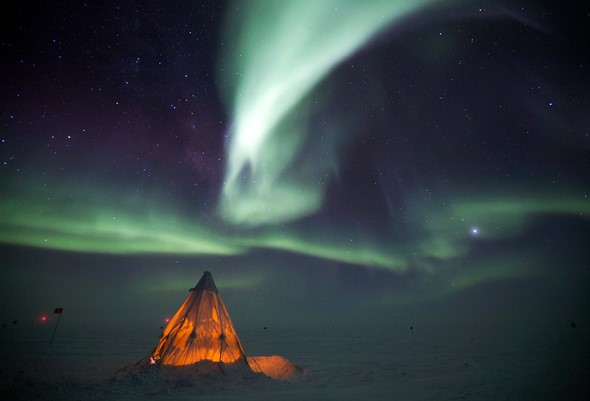Discovered by a group of Russian navigators on 27 January 1820, the frozen continent is known as a hotbed of scientific exploration and a place of adventure and icy peril. The story of Antarctica has been a topic of discussion since the early 19th century, it has troubled many past explorers, one such explorer was Captain James Cook who searched for the continent for three years but failed, at one point he was just 80 miles from the coast.
Cook, after his failed expedition wrote “I firmly believe that there is a tract of land near the Pole, which is the Source of most of the ice which is spread over this vast Southern Ocean,” he continued by writing “The risk one runs in exploring a coast in these unknown and Icy Seas is so very great, that I can be bold to say, that no man will ever venture farther than I have done and that the lands which may lie to the South will never be explored.”

What makes Antarctica so unique?
Spread over an area of 14.2 million kilometers, Antarctica is considered the fifth-largest continent followed by Europe and Australia. The majority of the landmass of this continent is covered by layers of ice, with an average thickness of 1.2 kilometers.
The temperature that lurks in this region averages around -57 degrees Celsius, making it inhabitable for humans to live. The ice sheets dominate the continent, it is the single largest piece of ice in this world, and it extends its landmass when the snow and the winter are at their extreme. The ice growth in summers is around 3 million square kilometers, which can reach up to 19 million square kilometers by the time winter arrives.
Antarctica is the coldest place on earth, it’s colder than the Arctic, Andes and even the summit of Mount Everest. The temperature in some regions is so cold that if you throw a cup of boiling water in the air, it will change its form to snow and ice before it lands on the ground.
What makes Antarctica so cold, well as per the scientists, the reason for this dreadful climate can be the position of the sunlight over the southern geographic pole. Antarctica encounters six months of darkness every year and the strength of the sunlight compared to the equator is much weaker which does not let the snow to melt. The other reasons for the harsh climate that the scientists blame is the continent’s high altitude, which is 3000 meters above sea level (making it the highest continent in the world), strong gusts of wind (the windiest continent in the world) and cumulative sheets of ice that has gathered over the continent for thousands of years.
The cruel climate is not meant for humans to live in, but the animals that are spread on this continent are quite habituated to this environment. The fauna is mostly a large variety of marine mammals that thrive in the cold Antarctic waters.
Whales have a healthy population in this part of the world, and the reason behind such a good populace is the presence of a good number of krill that exist in this region.

Other animals that are quite fond of this continent are species of penguins, leopard seals and some kinds of sea birds. Leopard seals are the apex predators in this region, their long, sharp canines and their aggressive behaviour tear down the flesh of their prey in no time.
The vegetation of Antarctica mainly includes Lichens, mosses and terrestrial algae, most of which grow in the coastal regions of the continent.
Human habitation in this region exists in a variety of scientific research stations which are managed by more than 20 countries.
The cold weather does not keep the curiosity curators away from the southern continent.
Dr. Alexandra Isern, assistant director of the National Science Foundation, commented on the Antarctic exploration, saying that “There is so much we don’t know about all aspects of Antarctic research that the chance of a significant discovery is great,” she continues “I think, in part, it is the exploratory nature of Antarctic science that makes it so exciting for students and researchers,”.

If you think Antarctica is just a place of study for climatologists, oceanographers, geologists and marine biologists, then you’re wrong. The frozen dessert is one of the best places for star gazers and astronomers.
The silent continent attracts a large number of tourists every year, tourists are required to carry permits as per the rules and regulations of the Antarctica Treaty since there is no country which owns Antarctica. Tourists enjoy the scenic view that the large landmass presents, despite the chilly weather, the passion it stokes in the hearts of explorers and champions is fiery indeed.
Written by Pratham Khemka
Edited by Labdhi Shah
